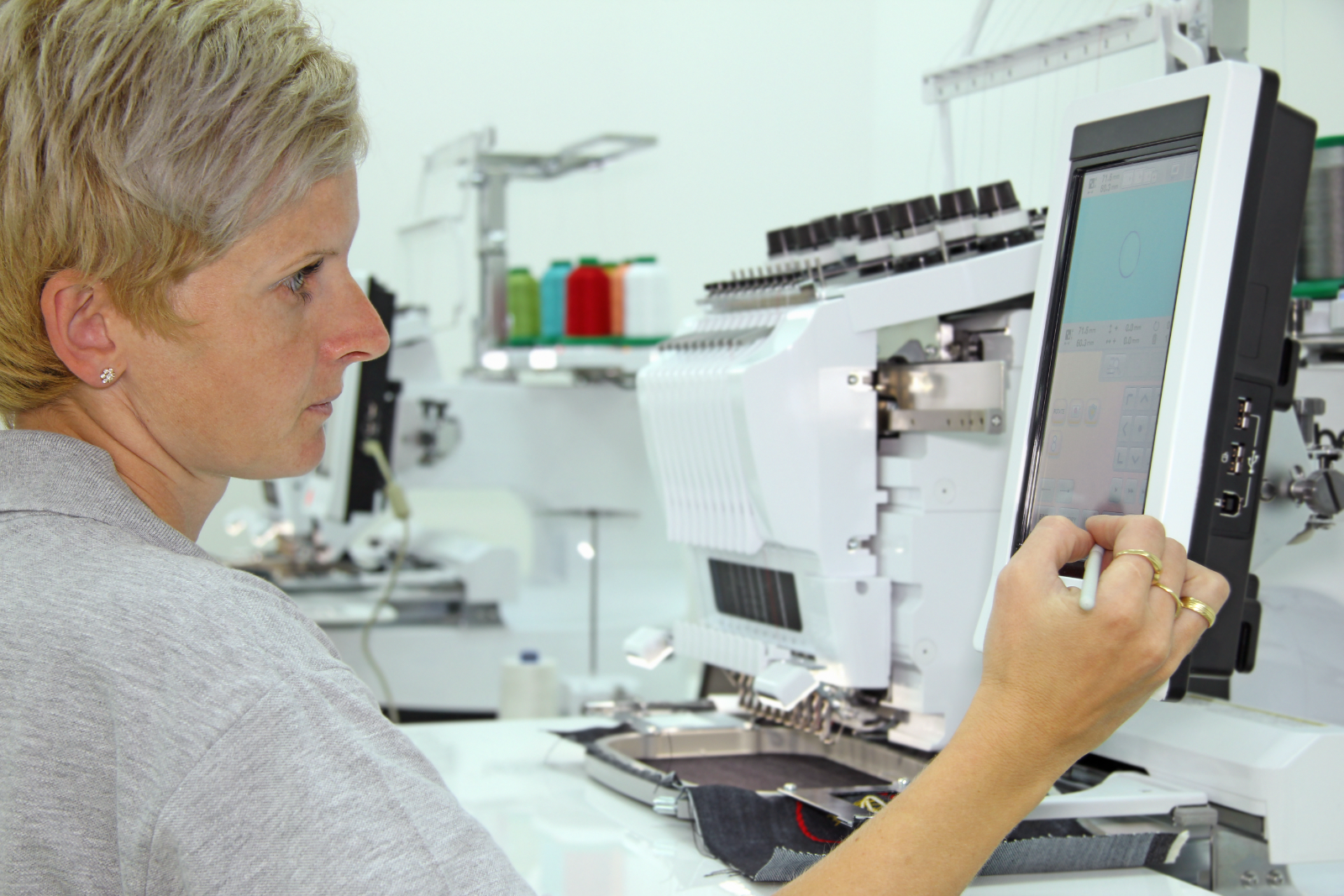Machine embroidery is a fun craft that is loved by many. However, if you are new to embroidering or are making the shift from hand to machine embroidering, there are some terms you will need to understand. These terms will help you understand what it takes to create perfect embroidery and even choose an appropriate machine.
What is Machine Embroidery?
Machine embroidery refers to the process of creating patterns on any textile fabric using an embroidery machine or sewing machine and thread. The patterns made may be functional such as logos on uniforms or decorative.
A modern embroidery machine is computerized in that the machine is connected to a computer interface. This computer interface has pre-programmed patterns transferred to the fabrics by the machine. The threading process may be manual or automated. If it is manual, the user will need to change the threads as required by the pattern, whereas automated machines will change the threads without user input.
There are dedicated embroidery machines that only do embroidering and those that also double as sewing machines. The one to choose will depend on what your needs are.
Tools You Will Need
Hoops
These are the parts of the machine responsible for holding the fabric in place as the machine embroiders the design in place. The hoop is usually made up of rings that fit inside each other. A machine may come with automated hoops, or you may need to place them in place manually. A pantograph is the part of the embroidery machine that holds the hoops in place.
Stabilizers
Also known as backing, this is a thin material placed beneath the fabric to be embroidered. It gives the fabric the structural support it needs, so creating the pattern is as easy as possible. Different kinds of stabilizers are classified by how they come off after the job is done. Tear-away stabilizers can be easily torn and removed, wash-away backing will go away the minute the fabric is washed, and heat-away stabilizers will be easily removed by the heat applied by ironing.
Threads
Your embroidery machine will need various colors depending on the designs created. There will be a thread on top attached to the machine’s needle and one at the bottom, placed inside a bobbin. The top and bottom threads will be intertwined to create firm stitches like a sewing machine.
The tension of the threads can be adjusted to create different designs.
Digitizing Embroidery
Your embroidery machine will have a computer that comes with pre-designed embroidery patterns. You could try these at first, but you may want to have custom-made embroidery designs after getting the hang of it. Here are a few terms you will need to know about this.
What is Digitizing?
Digitizing refers to the process of taking a design or image and turning it into a file that the machine can execute as an embroidery design. You may draw, paint or print your desired patterns and send them to a digitizing firm to help you create the file. This file will then be sent back to you. All you will have to do is add it to the machine’s computer, and the machine will execute the embroidery as it does with its manufacturer’s patterns.
Design Management Software
This type of software allows you to view and organize embroidery designs. There are many options available. When making your choice, opt for software that also allows you to choose the stitch count, color change patterns, and design size. Most modern embroidery machines will come with pre-installed software, but if not, you will need to buy.
File Format
Just like music and image files come in different formats, so do embroidery files. Some common file types are EXO, HUS, PES, DST, ART, XXX, VP3, and VIP. Find out what your machine supports before buying digitized embroidery designs. This will ensure that you get a supported format that your machine can interpret and execute.
Bottom Line
With the above knowledge, machine embroidering is fun and easy to get into. Be sure to read through the manufacturer’s manual before getting started. Also, look at useful online resources that may help you get better. Here is a video with all the beginner basics you need to know.

